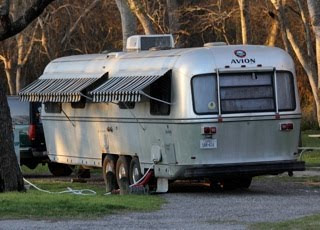After nearly a month in Texas, we just crossed the Louisiana line and are going to spend some time at Sam Houston Jones State Park in Lake Charles where there is warmth and wifi.
From Goliad State Park, we went back for a great stay at Goose Island State Park. We then traveled north to a little park at the City of Navasota which turned out much better than last year. It was windy but warm and aside from the fact that we had three dogs right next door on one side, and one on the other, things went well. We stayed hitched up and headed out in the morning.
Last night we stayed at Martin Dies State Park in Jasper, Texas. It’s spring break for Texas schools and all parks are packed with families. While it’s wonderful to see little kids fishing and biking, it seems like most Texans have little yappy dogs that just annoy the hell out of Penny .. and me. They would not even be a mouthful for her. Again, we stayed hitched up and made an early getaway for the short yank east and south to Lake Charles.
We’ve been here before and like the place. Louisiana parks have great wifi throughout the park — the first we’ve seen in over a month. There are some good birding places not far from here that I want to check out before we start wending our way home.
Watching the weather and not in a big hurry to trade 70’s for the 30’s. Off the take Penny on a hike before dark, although with the daylight time, it will be better. Saw two new birds yesterday — hoping to do the same this stop.













